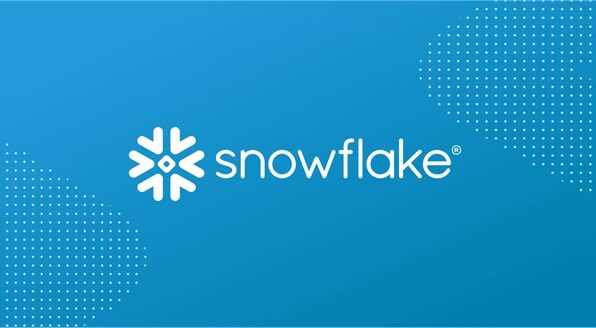UiPath has strengthened its partnership with Snowflake by launching a new bi-directional integration which aims to extend the value of automation across the enterprise.
Both companies are enabling joint customers to design and build workflows based on 360-degree views of trusted and accessible data on Snowflake’s platform. By leveraging the Snowflake Data Cloud, UiPath robots can quickly connect data directly to business processes in the Cloud without using complex code, speeding up time to value.
With this expanded integration, both companies can assist customers in accelerating their digital transformations and simplify the automation of data pipelines for data-driven decision making.
With this new bi-directional integration, joint customers can: automate the data pipeline, enrich their data, and broaden workflows with data from multiple sources. For the last feature, robotic process automation (RPA) developers can quickly access the data they need from Snowflake through the incorporation of Snowflake query activities such as ‘native search’.
Dhruv Asher, SVP of business development and product alliances at UiPath, said: “We believe that accessing reliable and trusted data from the Snowflake Data Cloud is key to delivering a fully automated enterprise. With this new integration, UiPath and Snowflake collaborate to seamlessly centralize valuable data that is locked away in data silos, documents, legacy systems, and other hard to reach places. This enables our joint customers to find new insights, unlock new opportunities, and drive innovation with more of the data they already have.”
Tarik Dwiek, head of technology alliances at Snowflake, said: “The partnership between UiPath represents customers’ needs for both data and business processes that should be fast, frictionless, and automated. As demand for automation on data increases, partnerships with organizations, such as UiPath, help Snowflake serve our joint customers globally and support our mission of mobilizing the world’s data.”




